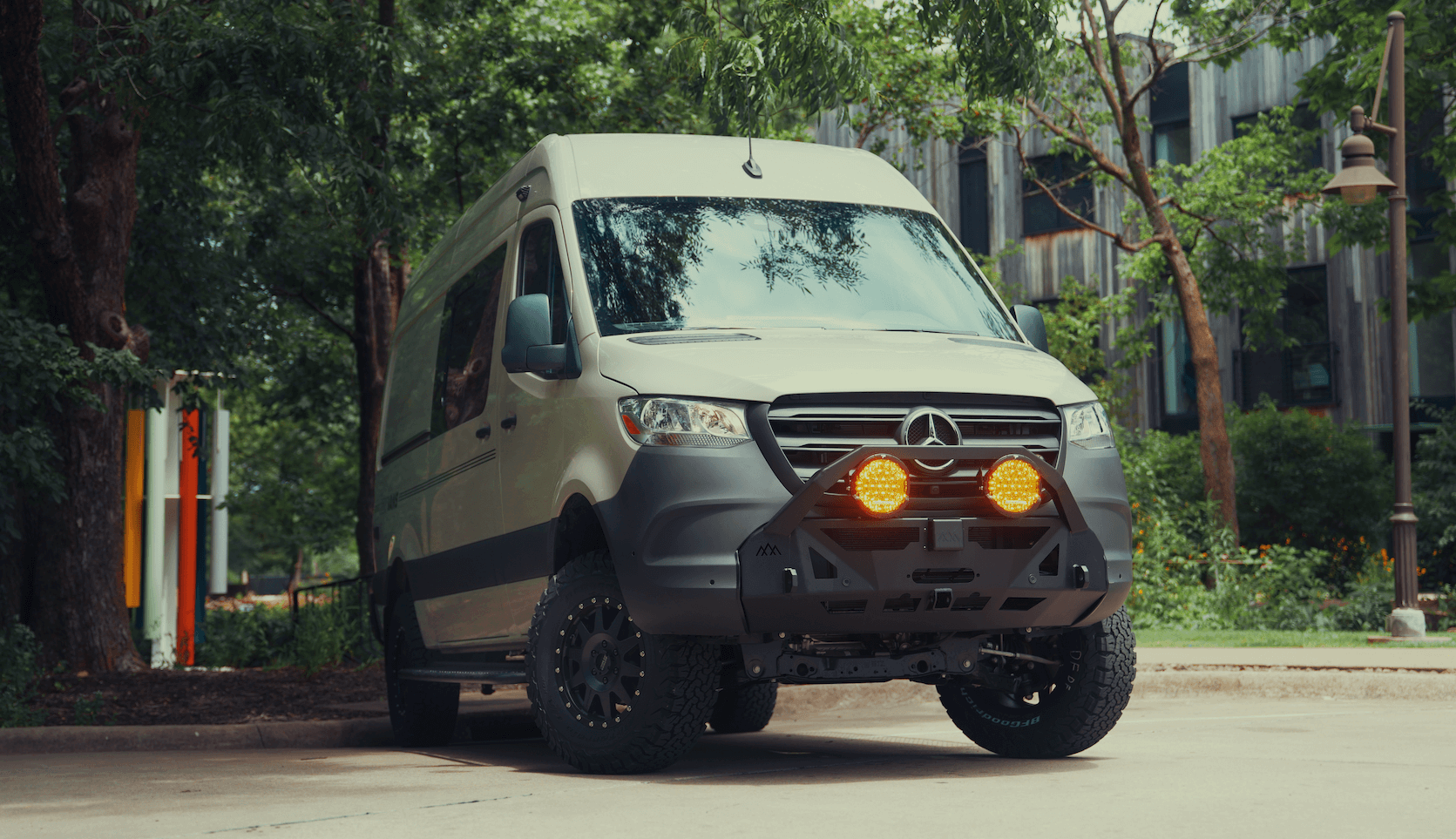Recreational Vans

A portable compost bin is a contained system that converts food scraps into stable organic material. Unlike yard piles that rely on large volumes and open air, compact units focus on controlling inputs and microclimates. The essentials are airflow for aerobic activity, the balance of carbon rich browns to nitrogen rich greens, and moisture that feels like a wrung out sponge. When these factors line up, microbes thrive, odor stays minimal, and the process moves quickly even in tight quarters.
Most mobile friendly bins isolate the active material from pests and keep ventilation directed through filtered ports or mesh. That design limits fruit flies and keeps smells down. Some units rely on turning or agitation to add oxygen while others invite organisms to do the mixing for you. The result is a tidy container that fits under a sink, in a gear locker, or outside a rig when camped.
Food scraps supply nitrogen, while dry materials like shredded cardboard, paper towels, pine shavings, or dried leaves supply carbon. Aim for roughly two to three parts carbon for every part greens by volume. If the mix looks wet or smelly, add extra dry browns and stir. If it looks dusty and inactive, add a small splash of water and a handful of fresh scraps.
Odor usually signals low oxygen or excess moisture. Turning the material, adding dry browns, and keeping a tight fitting lid with small screened vents solves most problems. Drain any collected leachate from fermenting systems to avoid sour smells. Keep bins off the ground when camping and use fine mesh intake screens to deter insects.
Microbes need water and air at the same time. The test is simple. Grab a handful and squeeze. It should clump but not drip. Too dry, and decomposition slows. Too wet, and it goes anaerobic. Turning or gently shaking a compact bin adds oxygen, and drilling small side holes on a rigid container can increase passive airflow without spilling material.
Portable compost bins fall into several styles, each with tradeoffs for weight, speed, and ease of use.
Container material matters. High density plastic is light and durable and does not rust. Stainless steel is easy to sanitize but heavier. Soft sided dry bag style pouches are ultralight and flexible but require liners and frequent emptying. Lids should latch, and vents should be fine mesh. Interior shapes without sharp corners reduce pockets where wet material collects.
Look for features that simplify travel. A sealed base pan to catch any liquid. A carbon filter or hose port you can route outdoors. Tie down points so the bin rides quietly. If you plan to keep it inside, a double wall or insulated body can moderate temperature swings.
Space and routine drive success. Decide where the bin lives while driving, where it breathes when parked, and how you empty it. Many travelers keep the active container inside while moving, then set it outside in the shade at camp to vent freely. Apartments may treat a balcony as the curing zone while day to day collection happens under the sink.
Daily practices keep it smooth.
Climate matters. In cold weather, keep the bin near conditioned space to preserve activity. In hot weather, shade and airflow prevent souring. Legal and site rules matter too. Pack out materials where required and do not bury unfinished compost. Finished compost can cure in a secondary container for a few weeks until it smells earthy and looks uniform.
Think about final use. Gardeners may finish material in a shared plot or community garden. Travelers without a garden can partner with friends, urban farms, or municipal green waste drop off. Bokashi and worm systems shine here because they are tidy and easy to hand off.
A portable compost bin pairs well with a thoughtful galley. Sealed scrap caddies, cutting boards with scrape slots, and labeled browns storage reduce mess. Vent routing and strap mounts turn a bin into just another organized component in your kit.
Bringing composting into a vehicle build demands planning for airflow, access, and storage. If you want a rig designed around clean waste handling, odor control, and secure containment, our team can integrate the right bin style, vent paths, and cabinetry from the start. Explore our recreational vans to see how complete systems come together, step inside a custom build van for tailored storage and ventilation, or learn more about OZK Customs and how we design for life on the road.
If you are ready to add a portable compost bin to a purpose built adventure van, we can map the right container, airflow, and access around your cooking routine. Tell us how you travel, and we will shape a clean, simple system that disappears into the build yet works every single day.
Ready to integrate a clean compost solution into your next adventure rig? Tell us how you travel and what you cook. We will design waste management, ventilation, storage, and power around your routine so it works day one. Start your build plan now.
ADDRESS:
6159 E Huntsville Rd, Fayetteville, AR 72701
PHONE:
(479) 326-9200
EMAIL:
info@ozkvans.com